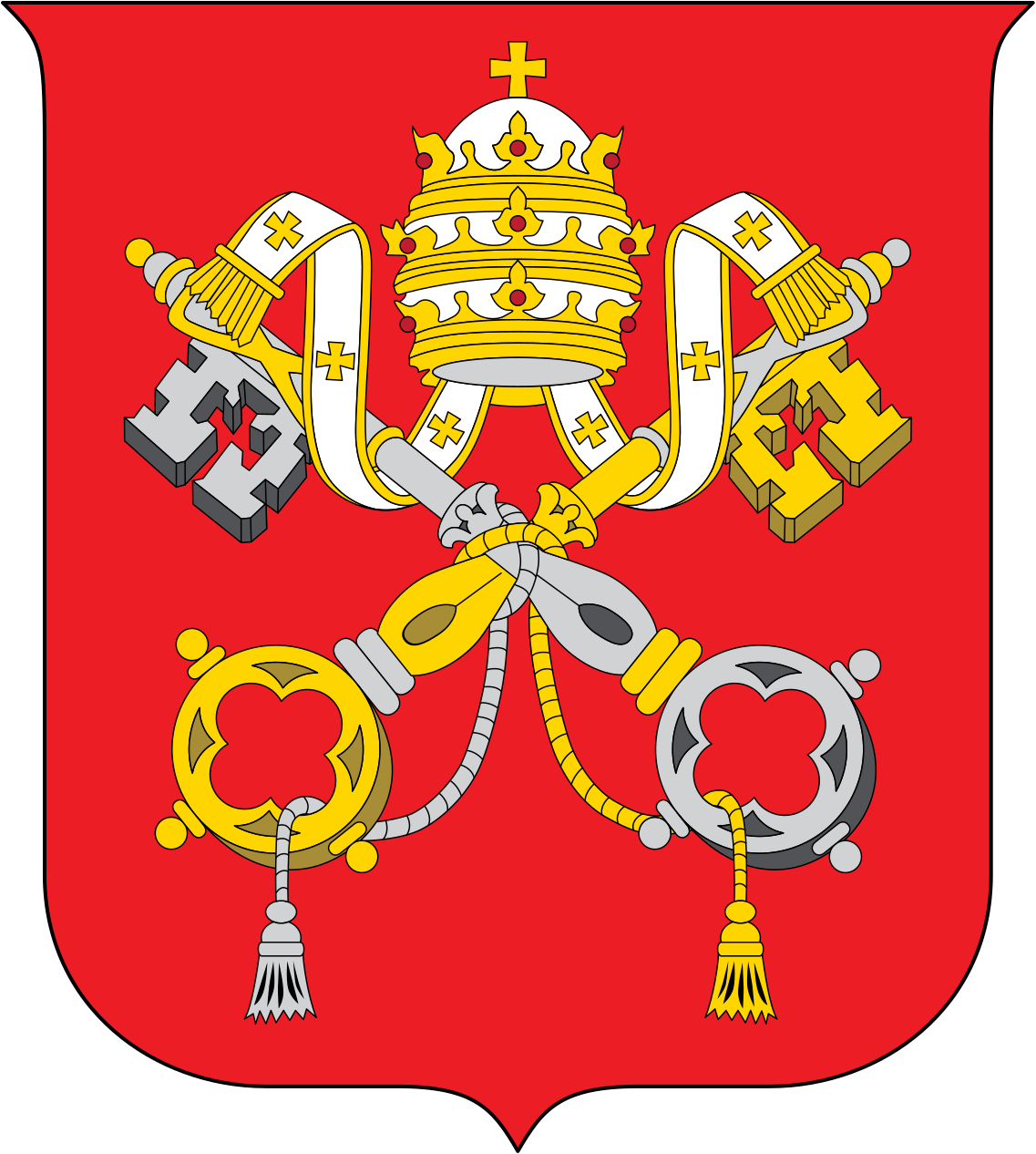
Flag of Vatican City State
This post was originally published on The Intelligencer.
The Holy See has historically played a vital role in international diplomacy.
The Diplomatic Work of the Holy See in the 20th and Early 21st Centuries
The Holy See, representing the Vatican City and the global Catholic Church, has historically played a vital role in international diplomacy. Over the last century, the Vatican’s diplomatic endeavors have been shaped by its unique position as both a religious and a sovereign entity. Here, I will delve into the major diplomatic efforts of the Holy See from the 20th century to the early 21st century.
Interwar Period (1918-1939)
Following World War I, the Holy See sought to assert itself as a peacemaker. Pope Benedict XV’s encyclicals, particularly ‘Pacem, Dei Munus Pulcherrimum’ (1920), highlighted the Vatican’s commitment to world peace. During this period, the Vatican also concluded the Lateran Treaty (1929) with Italy, which recognized the sovereignty of the Vatican City and settled the long-standing ‘Roman Question’ regarding the status of the Papal States.
World War II (1939-1945)
Pope Pius XII, often described as the “Silent Pope,” adopted a neutral stance during World War II. While he didn’t publicly condemn the Holocaust, he worked behind the scenes to save many Jews from Nazi persecution. The Vatican’s neutral position was maintained to protect Catholics in war-torn regions and to serve as a potential mediator for peace.
Cold War Era (1945-1991)
Throughout the Cold War, the Vatican’s primary concern was the rise of atheistic communism. Pope Pius XII and his successors took a strong stance against communism, supporting anti-communist movements and leaders. The Vatican’s role was especially pronounced in Eastern Europe:
– Poland: The election of Pope John Paul II, the first non-Italian pope in 455 years and a Polish national, was a significant boost for the Solidarity movement in Poland. His visits to Poland in 1979 and subsequent years were seen as a catalyst for the rise of anti-communist sentiment.
– Hungary & Czechoslovakia: The Holy See was vocal in its criticism of the suppression of religious freedoms in these countries.
Decolonization and Global South (1960s-1980s)
As former colonies gained independence, the Vatican sought to establish diplomatic ties with these new nations. The focus shifted towards addressing issues affecting the Global South, such as poverty, social injustice, and human rights. The Vatican supported liberation theology in Latin America, emphasizing the Church’s role in social justice, though it cautioned against its Marxist interpretations.
Interfaith Dialogue (1960s-Present)
Since the Second Vatican Council (1962-1965), the Holy See has prioritized interfaith dialogue. Efforts to bridge gaps with Judaism, Islam, and other Christian denominations have been noteworthy:
– Judaism: The Vatican recognized the State of Israel in 1993, fostering diplomatic relations. It also worked towards rectifying Catholic-Jewish relations, especially with the repudiation of the charge of deicide against Jews.
– Islam: Popes, particularly John Paul II and Francis, have made significant efforts to reach out to the Muslim world, visiting mosques and meeting with Islamic leaders.
Human Rights and Moral Diplomacy (1980s-Present)
The Holy See has been an advocate for human rights, particularly the right to life. It has consistently opposed abortion, euthanasia, and capital punishment. Additionally, the Vatican has championed the rights of refugees, with Pope Francis being particularly vocal about the European refugee crisis.
Environment and Climate Change (21st Century)
Pope Francis’s encyclical ‘Laudato Si’ (2015) marked a significant Vatican foray into environmental issues. The document emphasized the moral duty to protect the environment and combat climate change, framing it as a pro-life issue.
China and the Catholic Church (21st Century)
One of the most complex diplomatic challenges for the Holy See in recent years has been its relationship with China. The 2018 provisional agreement between the Vatican and Beijing sought to resolve longstanding disputes over bishop appointments. However, concerns remain about religious freedom in China.
The diplomatic work of the Holy See over the past century underscores its unique role in global affairs. While driven by its religious mission, the Vatican’s diplomacy often intersects with broader political, social, and environmental issues. Balancing its spiritual objectives with the pragmatic realities of geopolitics, the Holy See continues to exert a significant influence on the international stage.
About the author
Will T. Sherman is an Analyst at The Intelligencer Newsletter, published by R9 media. A history enthusiast, he is particularly interested in the philosophical underpinnings of human existence.
